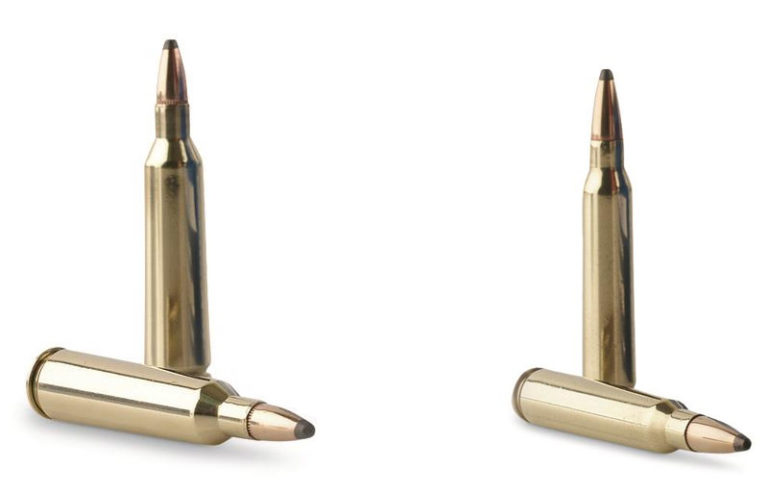
The debate between .22-250 versus .223 Remington boils down to velocity and price. Do your shooting needs justify the increased cost?
The .223 Remington and .22-250 Remington are both small, light and very fast. Both are also very popular, but one much more than the other. So, if you find yourself deliberating between .22-250 versus .223, the real question is whether the increased velocity and performance of the former outweigh the affordability and abundance of the latter.
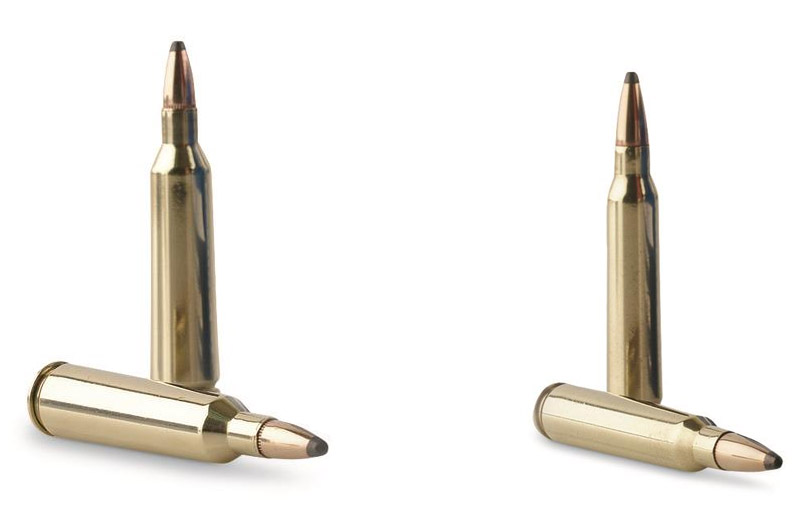
.22-250 And .223 Ballistics
On average, a typical .22-250 cartridge will launch its projectile 300 to 500 feet per second faster than a .223/5.56mm with about the same increase of energy at the muzzle.
For instance, Winchester Super-X 55-grain soft-point load in .22-250 has an advertised velocity of 3,680 fps and energy of 1,654 foot-pounds. By contrast, the Super-X .223 55-grain soft-point load has advertised figures of 3,240 fps and 1,282 foot-pounds of energy.
Bear in mind that other loads may have a wider or narrower disparity between the two cartridge types, but the Winchester Super-X data represents an average delta.
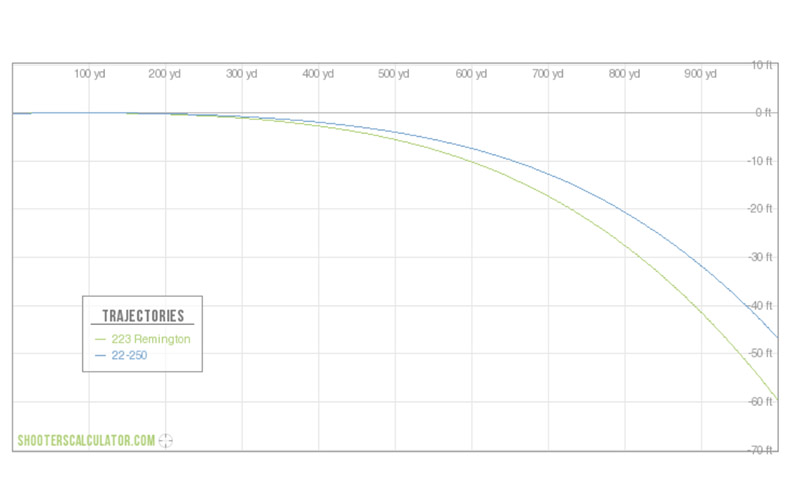
When comparing the trajectories of these two 55-grain loads, we start to see what effect the increased velocity truly has on performance. As the above Shooter’s Calculator trajectory chart shows, .22-250 starts dropping later than .223 and does so less dramatically. The data tables shown below demonstrate that .22-250 is less influenced by wind and reaches its target in less time than .223 as well.
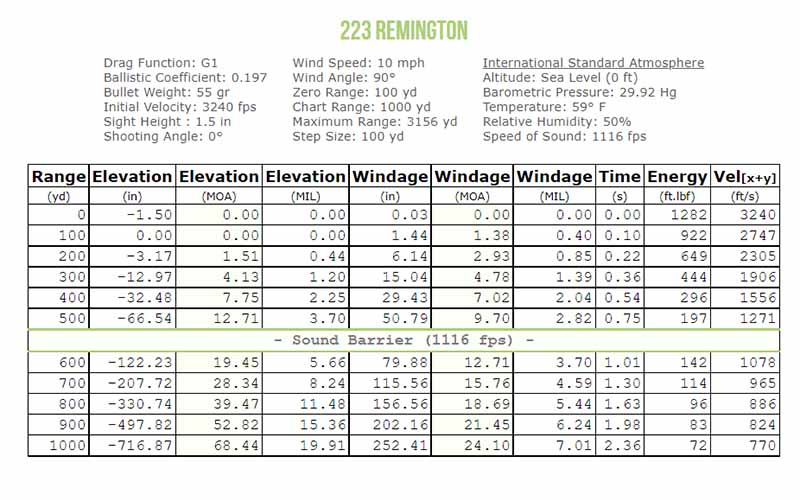
At 600 yards, .223 has dropped a dramatic 33 inches more in elevation than .22-250 and shifted an extra 13 inches of windage as well. While the .223 is transonic by 600 yards, .22-250 doesn't go transonic until about 650 yards.
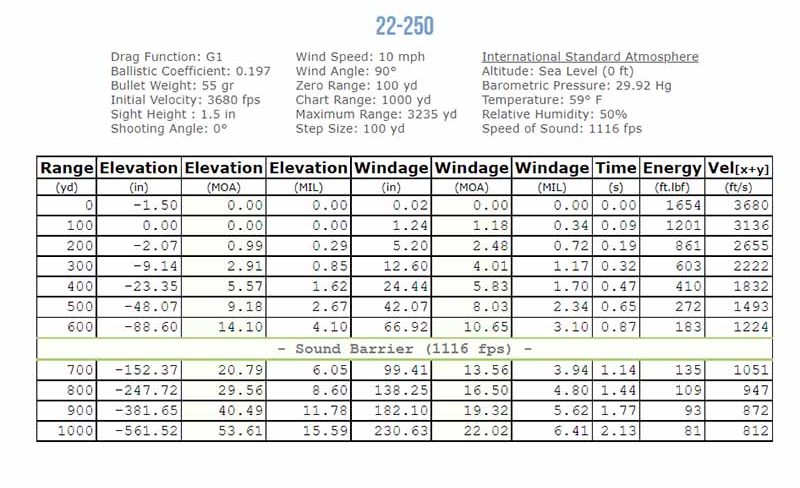
Bear in mind, factory velocities are more art than science. Test barrels are typically longer than factory rifle barrels–often 24 to 26 inches. Most factory rifles are 22 to 24 inches for bolt-action rifles. The typical .223 rifle sold today is an AR-15 with a 16-inch barrel.
With this in mind, it makes the average difference between the two cartridges even greater. Unless your .223 rifle has a barrel as long as that of your .22-250, expect the disparity in velocity to be even more extreme.
So…a little extra velocity, a little more energy and a little less drop at distance. That's certainly something…but that also begs the question of how much that matters in the real world.
After all, 9mm is considerably slower at the muzzle and has considerably less muzzle energy than .357 Magnum, but the reality is both are about equally effective in gun fights. It’s good marksmanship, not caliber, that determines who’s left standing.
So, when it comes to.22-250 versus .223, how much do the differences matter in the real world?
.22-250 Vs. .223 For Varmints
While .223 is a more than credible varmint cartridge, the .22-250 (the artist formerly known as .224 Varmint) is considered one of the finest varmint cartridges available. The velocity (which can top 4,000 fps in some loads) with very mild recoil and modest drop out to 300 yards speaks for itself.
The .22-250 is also very well-regarded for coyotes and other small to middling predators for the same reasons. When it comes to making good hits on small targets, every advantage helps, and .223 drops farther, drops sooner and gets pushed by even mild wind more than .22-250.
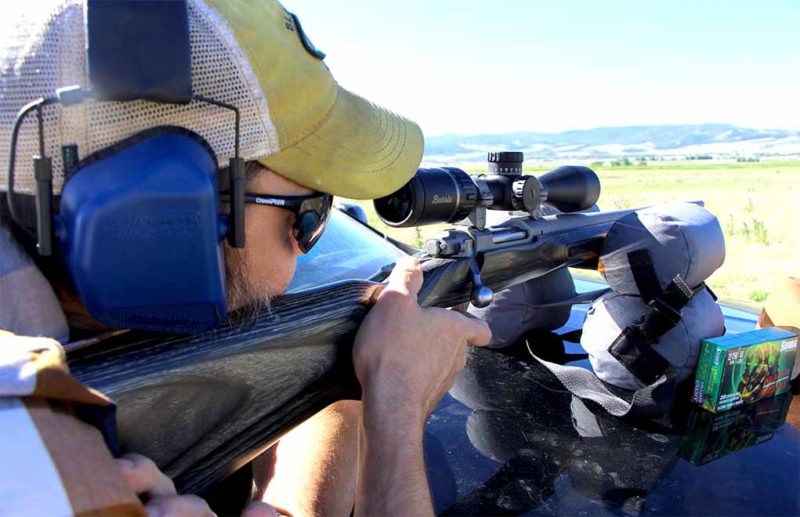
That's why .22-250 has been prized as a varmint cartridge in the western states for decades and continues to be.
If you have a rather large property with livestock, a ranch rifle in .223 may not have the same legs as .22-250 rifle depending on how far the back of the pasture is from the farmhouse.
About the only advantage that .223 brings to the table in varmint or predator hunting is that it’s cheaper, more abundant and can be fired out of common AR-15s.
.22-250 Vs. .223 For Medium Game
Here's a hot take for you.
The .22-250 is better for hunting on paper due to the extra zip on the bullet. Realistically, shot opportunities in most states that allow game hunting with sub-.24-caliber guns are usually close enough for it to not matter.
A good bullet loaded to .223 velocity and accurately placed (a key concept there) is going to be just as effective as a good bullet loaded to .22-250 velocities and placed just as well.
If you're only shooting 100 yards across a beanfield, frankly, the extra few hundred feet per second isn't going to make so great a difference to a whitetail or hog that it matters. Both will work. If you picked a good bullet and do your job as a marksman…it doesn't matter.
The places where it might matter won't let you hunt with a .22-250 or a .223, so it's a moot point.
.22-250 Vs. .223…For Defense?
About the only valid argument for using .22-250 over .223 as a defensive cartridge is its more reliable fragmentation at farther distances.
Even when calculated using velocities typical of a 24-inch barrel, a 55-grain .223 load (i.e., the same bullet used in M193) drops below the fragmentation threshold very quickly. The reliable fragmentation threshold for M193 is generally accepted to be about 2,700 feet per second, and .223 starts dropping below that at barely beyond 100 yards. Compare this to .22-250 which doesn’t dip below the threshold until about 200 yards.
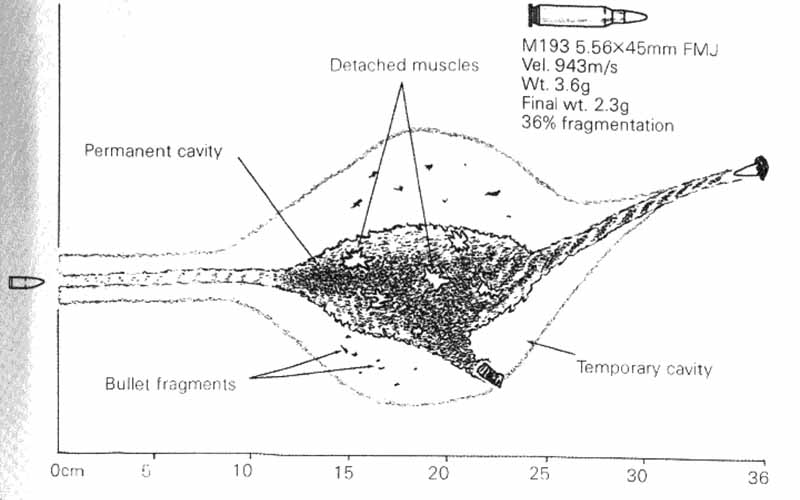
Despite this shortcoming, there’s virtually no realistic defensive scenario where one would have to shoot beyond 200 yards, meaning there’s no real practical advantage to using .22-250 for this purpose.
So, when it comes to anything defense-oriented, stick to a normal AR-15 in .223. While .22-250 ARs exist as well, it doesn’t change the fact that the ammo, magazines and guns themselves are less common and more expensive. Sticking with .223 will enable you to practice more often for less money, and good training is worth a lot more in the field than slightly better ballistics.
When And Where .22-250 Is Really Worth It
The .22-250 cartridge shines as a varmint and predator cartridge that is useful and effective at longer ranges than most other varmint cartridges. That's what it was more or less invented for and that's where it shines the most.
It can be used for hunting bigger game too, and does make a good caliber choice for a youth hunter in areas that legally and practically allow for it. But the same can be said for .243, .25-06, .257 Roberts and a slew of other calibers as well.
Ultimately, the AR-15 looms over any small caliber cartridge. It’s the 600-pound gorilla in the room and it needs acknowledging.
Unless you need to punch prairie dogs or cull coyotes at 300 to 400 yards, you're going to get a lot more out of .223 than .22-250. The guns are cheaper. There are more models to choose from. The ammo is cheaper. The magazines are cheaper. There is more aftermarket support.
To get a feel for just how much cheaper .223 is than .22-250, take a gander at the two cartridges on AmmoSeek. At the time of writing, it shows that the cheapest .22-250 ammo of any kind for sale online is from PPU at about $1.35 per round. The cheapest .223 from the same manufacturer is about 55 cents per round. That gives you almost three trigger pulls of .223 for every one of .22-250, and there's even cheaper .223 available than that.
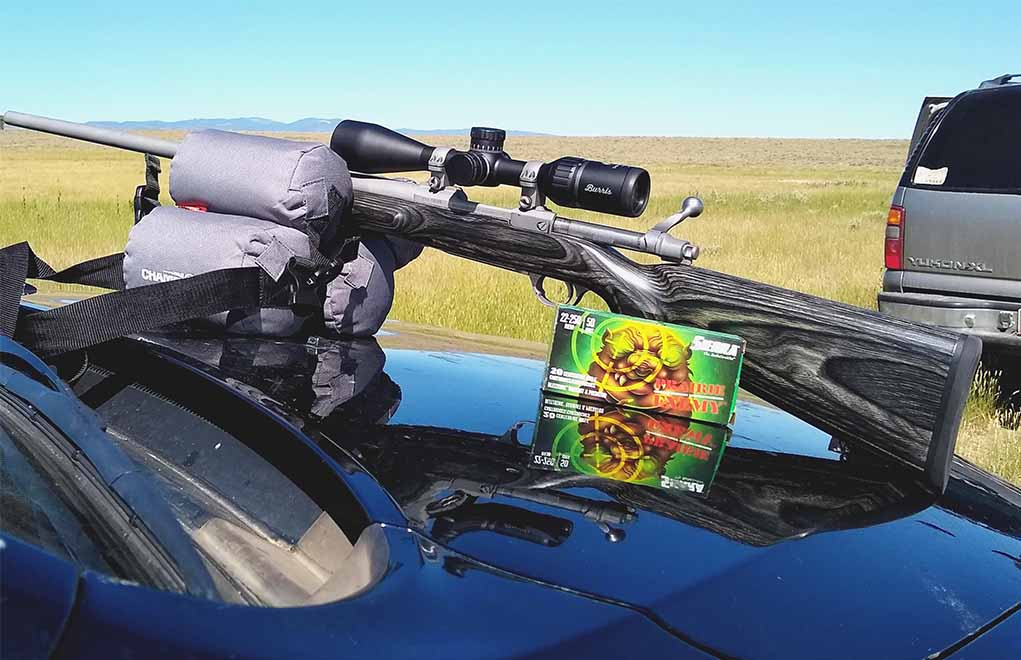
For most shooters who purely use their small-bore centerfire rifles to ring steel, punch holes in paper and maybe be kept handy in case of an emergency, then sticking with .223 is the smartest choice. If you do shoot at prairie dogs or coyotes at longer ranges, then .22-250 may very well be worth considering instead.
Ultimately, the .22-250 is “better” than the .223 at pushing the same bullet faster, but there are only so many instances where that really matters. For most people, a .223 is simply the more practical choice.
Raise Your Ammo IQ:
- Beyond The 6.5 Creedmoor: The Other 6.5 Cartridges
- Ammo Brief: The Versatile .243 Winchester
- .22-250 Ammo: Top 7 Loads For Any Purpose
- The Lonesome Story Of The Long-Lost 8mm
- Why The .300 H&H Magnum Still Endures
- .350 Legend Vs .450 Bushmaster: Does One Win Out For Hunting?

Next Step: Get your FREE Printable Target Pack
Enhance your shooting precision with our 62 MOA Targets, perfect for rifles and handguns. Crafted in collaboration with Storm Tactical for accuracy and versatility.
Subscribe to the Gun Digest email newsletter and get your downloadable target pack sent straight to your inbox. Stay updated with the latest firearms info in the industry.

![Best Concealed Carry Guns In 2025 [Field Tested] Wilson Combat EDC X9S 1](https://gundigest.com/wp-content/uploads/Wilson-Combat-EDC-X9S-1-324x160.jpg)


![Best 9mm Carbine: Affordable PCCs [Tested] Ruger Carbine Shooting](https://gundigest.com/wp-content/uploads/Ruger-Carbine-Shooting-100x70.jpg)
![Best AR-15: Top Options Available Today [Field Tested] Harrington and Richardson PSA XM177E2 feature](https://gundigest.com/wp-content/uploads/Harrington-and-Richardson-PSA-XM177E2-feature-100x70.jpg)

An outstanding, well-balanced examination of the real advantages of the 22-250. I don’t think the author mentioned one other downside of the 22-250 vs the 223: the 22-250 is a barrel burner. All the extra speed comes at a cost.
Sourcing & replacing/installing a 22-250 burned out barrel has got to cost more than simply buying a new MSR upper.
Good article and accurate comparison between the two cartridges. I like how you left it up to the Shooter’s needs and goals rather than tout one being so superior you’re behind the times if you don’t own it. With Ammo costs being what they are right now, and unlikely to come down in the near future, your review is a fresh perspective as you factored in the costs between the two.
I once owned a RUGER American in .22 – 250 that was extraordinarily accurate with Hornady and Federal FACTORY loads, as in 1/2 MOA accurate or better – this despite a so-so trigger.